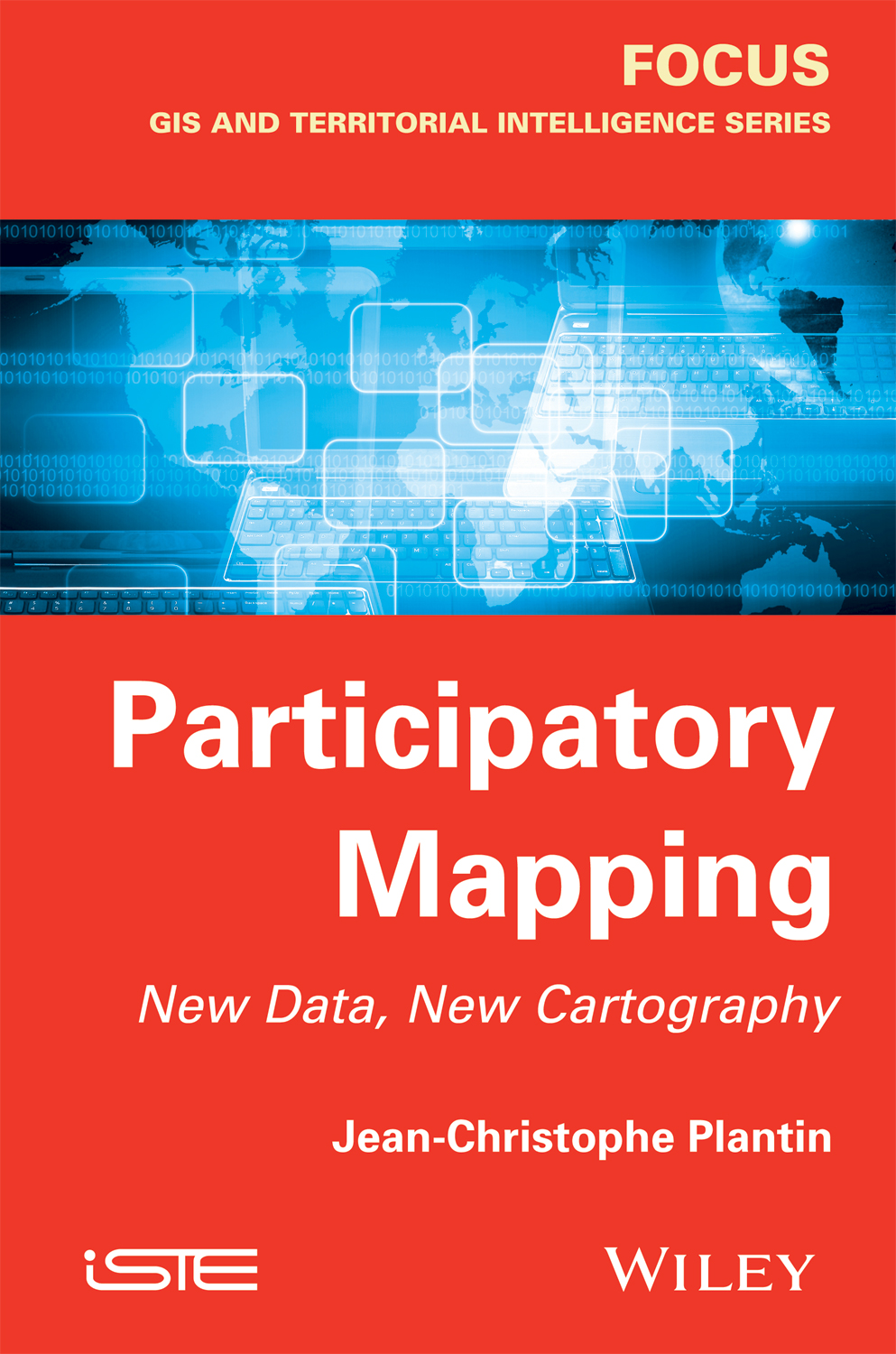
The social and technical properties of the Web redefine how maps are created, published and used online. This book characterizes these contemporary forms of Web-based cartography. It draws a comparison with both previous analogical and digital maps, it characterizes the new online cartographers, and it shows how maps interact with other Web applications and sources […]
The social and technical properties of the Web redefine how maps are created, published and used online. This book characterizes these contemporary forms of Web-based cartography. It draws a comparison with both previous analogical and digital maps, it characterizes the new online cartographers, and it shows how maps interact with other Web applications and sources of data.
The case study of the Fukushima-Daiichi power plant disaster in March 11, 2011 provides a vivid example of how these maps can sustain the involvement of citizens during a crisis. By presenting the international collaboration of mapmakers who created online radiation maps, this case study illustrates how science and politics are inseparable in Web-based maps.
Part 1. Origins and Properties of Online Maps
1. Tooling up for Complexity.
2. From GIS to Web Maps.
3. A Participant in the Web of Platform.
4. Maps and Web-Based Data.
Part 2. Mapping Practices in Emergency Situations
5. The State of the Information after the Fukushima Disaster.
6. Producing Radiation Maps.
7. Circulation and Use of Maps.
8. The Shape of Public Engagement.

